
The process of adding someone to a mortgage is quite common, so it’s usually a straightforward process. The most common scenario is adding a long-term partner, but that’s not the rule of thumb.
Here’s a general overview of adding someone to your mortgage, and a couple of key points I believe you should be aware of before taking the step.
How to add someone to your mortgage
Adding someone to an existing mortgage
If you want to add someone to your existing mortgage you need to contact your mortgage lender to arrange it. They’ll send you documents to complete, it will be a similar process to a new application, so they’ll need to verify affordability, credit history and identity of the person you wish to add some to the mortgage.
Bear in mind that there might be costs involved, which typically includes arrangement fees, legal fees and possibly even additional stamp duty fees. Yeah, more tax… it never stops.
Remortgaging to a joint policy
Another option is to remortgage and apply for a joint mortgage, this will essentially entail signing up for an entirely new mortgage policy.
If you’re not tied into the fixed-term with your current lender, then remortgaging should be relatively straightforward. You can look for a new mortgage policy either with your current lender or a new lender altogether (transferring the debt). You can compare the market with Habito (a free online specialist mortgage broker, who search the whole market).
If you are tied into a fixed-term, then remortgaging (in order to add someone new onto the policy) probably won’t be the best option, because you’ll likely be subject to early repayment charges. In this case, you could either add someone to your existing policy (as already discussed) or wait until your fixed term expires, and then look at remortgaging to a joint mortgage.
Married couples & their rights…
It doesn’t really matter whose name the house is under when it concerns married couples. Both involved have rights to the property, so each individual would have a claim on the property irrespective of whose name or names appear on the deeds. So there’s no real need to add your partner on the mortgage if you’re married.
In the event of death of the deed holder, the property will automatically pass from one spouse to the other, and provided life cover was in place to repay the mortgage there would be no advantage to adding a partner to it.
Adding a non-married partner to your mortgage
If you’re not married but you want to add your partners name onto the mortgage, by doing so the property will ensure you both get fair rights if the property is sold.
However, if you initially purchased the property (before meeting your partner) and have built up equity over the years, it’s wise to protect your investment in case of unforeseen circumstances.
Under a tenants in common arrangement each half of the couple own a defined share of the property agreed at the outset. If you have a joint agreement you will jointly own the property in full. My advice would be to speak to a solicitor about arranging either of these arrangements.
Be careful before adding your partner to your mortgage
I always suggest proceeding with caution when it comes to adding a partner to a mortgage. I know it’s a negative way of thinking but you should always consider “What if shit happens?”
Yes, you could be in the best relationship of your life, but that doesn’t mean circumstances won’t change. Trust me, I’ve had a girl tell me she loves me one week, only to tell me she wants to see my corpse scrapped across the M24. It happens. It’s life.
On that note, I would personally arrange a tenants in common agreement if I’ve built up equity in a property by myself.
Sure, my partner may get offended, but I’d feel a lot safer. If at any point we split up, why should she taste the fruits of my labour? Not going to happen.
Unfortunately, I’ve seen too many people take gigantic hits when it comes to separation and real estate. One person is usually laughing to the bank, while the other is sitting there with their head buried in between their legs, wondering why the hell they didn’t protect their asses.
If your partner has put in an equally invested into the property, or is willing to do so, then adding them to get a 50% share seems fair.
Tenants in common – get what you deserve
If your partner will eventually invest 20% of the property’s value, while you’re investing 80%, then you can arrange it so you’ll get the same shares back if you decide to sell the property. Of course, the slicing of the pie can get more complicated, but that’s just the general principle.
As mentioned, you can define share of the property at the outset, which I think is the fairest way of doing it- you get back what you put in.
Disclaimer: I'm just a landlord blogger; I'm 100% not qualified to give legal or financial advice. I'm a doofus. Any information I share is my unqualified opinion, and should never be construed as professional legal or financial advice. You should definitely get advice from a qualified professional for any legal or financial matters. For more information, please read my full disclaimer.


 Landlord Products / Services
Landlord Products / Services










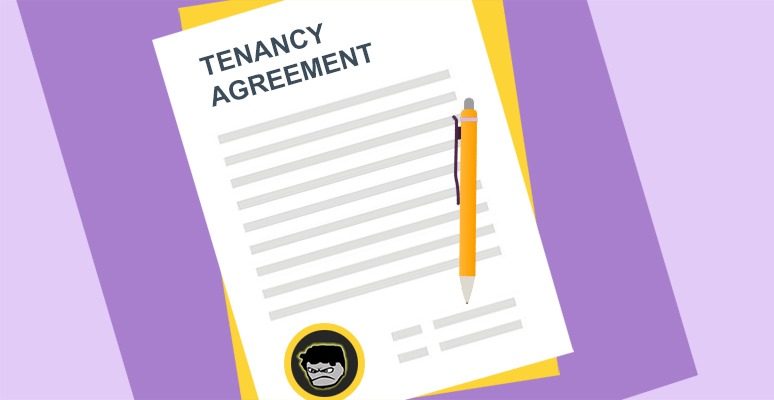


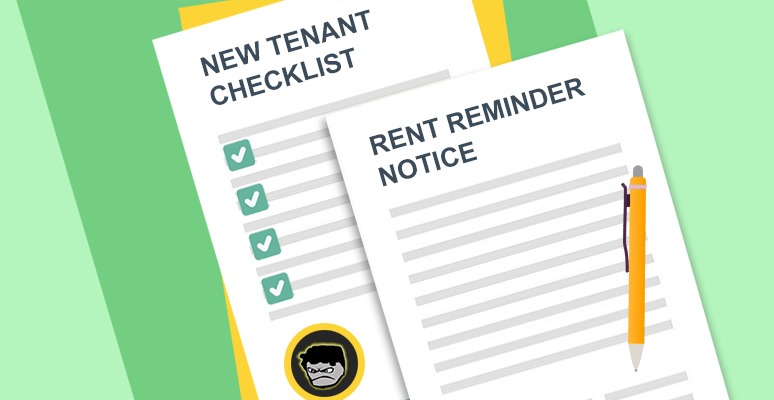
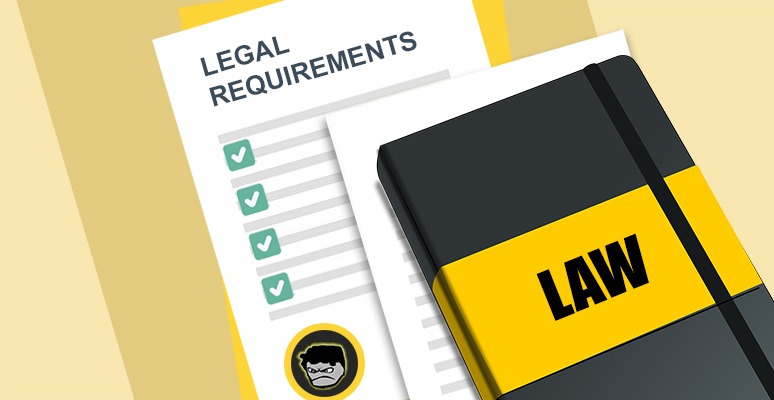
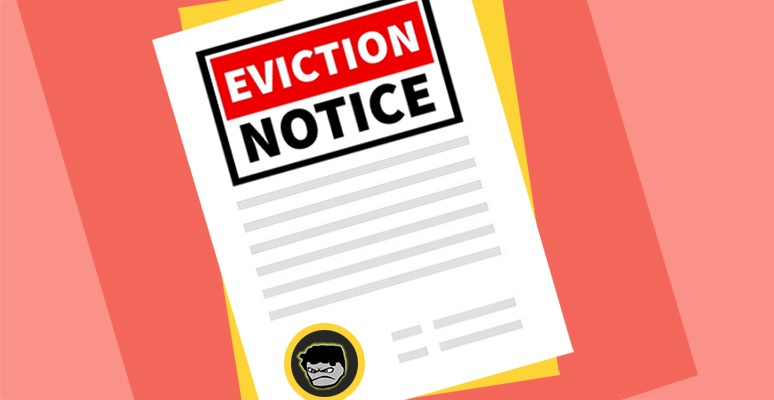
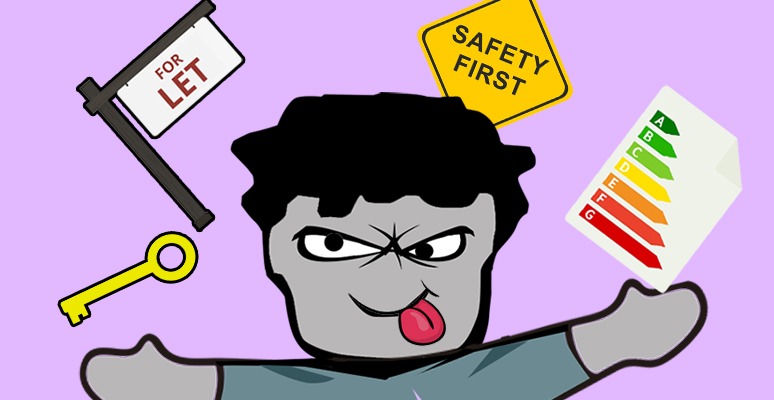











some great advice on here but am looking for the answer to 'how do I swap my mum for my partner on my mortgage?' if you could answer that (and costs involved) that would be fantastic! Thanks, Lisa